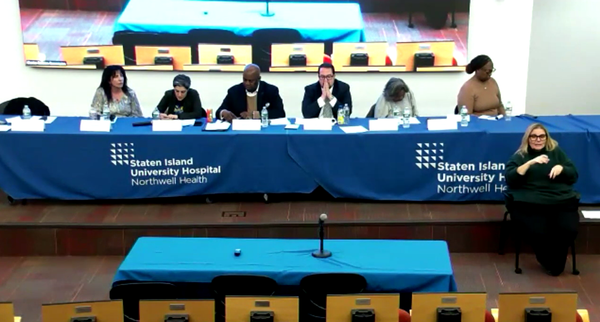How This New App Can Teach You About Forgotten Histories
The virtual Staten Island African American Heritage Tour brings Staten Island’s Black History right to your fingertips.
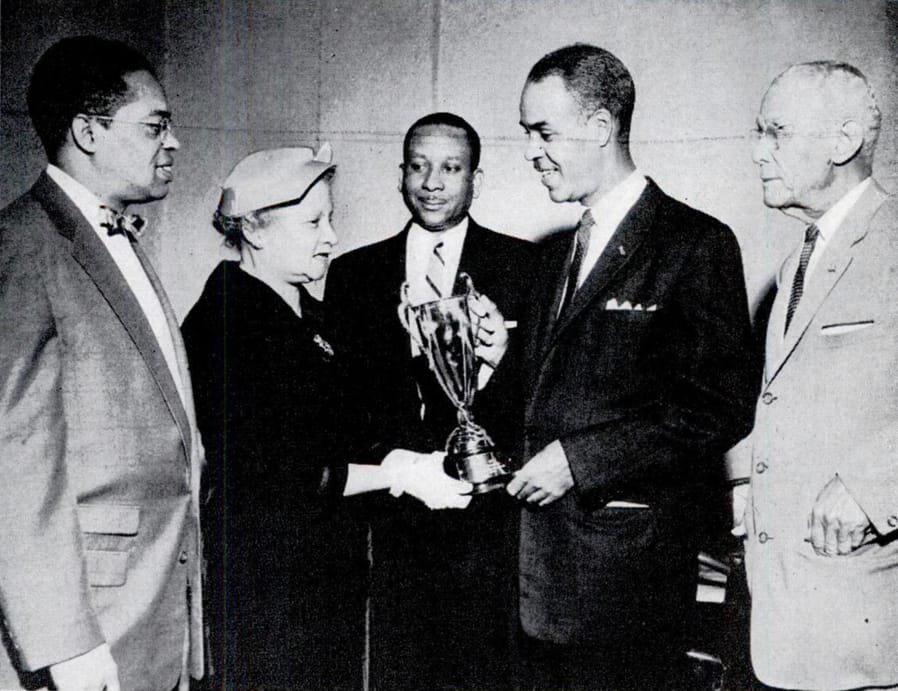
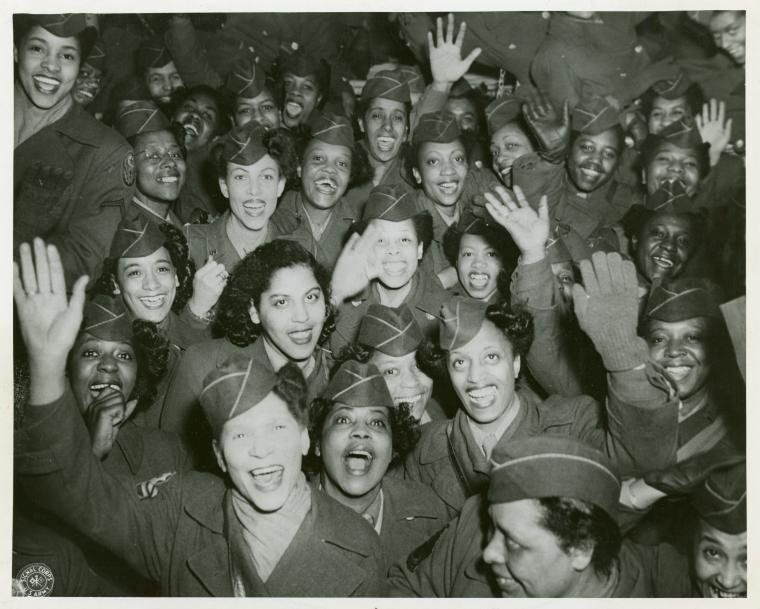
This year’s police killings of Breonna Taylor and George Floyd reignited a national conversation about Black people’s place in America and in its history. In Staten Island, this summer’s activism exposed residents to the borough’s lesser-known, and often overlooked, Black History. Many people, however, only learned about the Sandy Ground Settlement. Debbie-Ann Paige, Staten Island Public Historian and Professional Genealogist, wants residents to realize that Black History on the Island goes beyond Sandy Ground.
“When I first came back to Staten Island, if you said African-American History everyone would say, ‘Well, have you spoken to the people at Sandy Ground?’” she recounted. “While I was working on my thesis, I realized that there was such a deeper, broader, longer, more in-depth history of African-Americans on Staten Island.”
In order to excavate these hidden Black histories, Paige, along with Faith D'Alessandro and the Staten Island Chapter of the Afro-American Historical and Genealogical Society, created the Staten Island African American Heritage Tour application. The website and mobile application (available in the App Store and Google Play Store) provide a virtual tour through the noteworthy times and places in Staten Island’s Black History. The app leads you through two tours: the Gateway to Freedom Driving tour along the former Underground Railroad route, and a virtual tour that provides a survey of Black historical points of interest on Staten Island.
Independent of which tour you choose, the “stops” provide a detailed synopsis (including pictures and primary source records) of that location's historical relevance. For example, the Frederick Douglass Memorial Park “stop” in Oakwood illuminates the park’s history as one of New York City’s first Black-owned and operated cemeteries.
Maps of both tours, with links to historical synopses, are also included in the app. If you’d prefer a more passive learning experience, the app’s location settings can be changed to alert you of nearby stops on either tour.
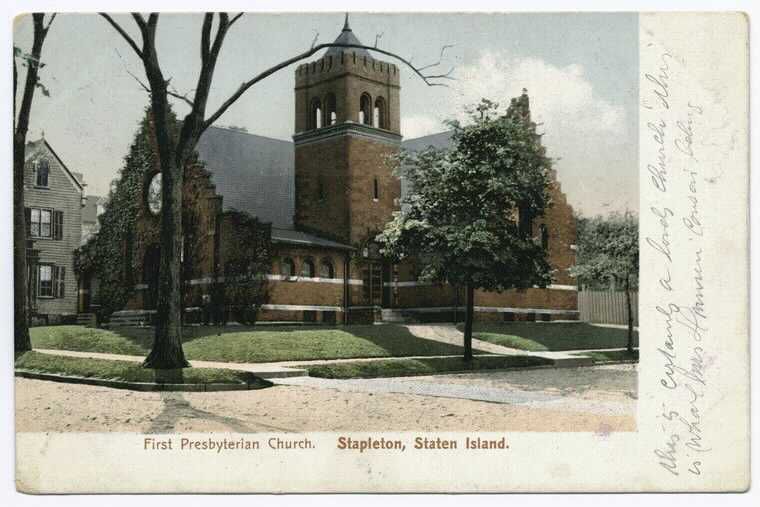
Presently, the Staten Island African American Heritage Tour contains over 30 stops containing a historical thesis worth of information. Paige notes that using this service is like “looking into [her] brain.” The information contained in the Staten Island African American Heritage Tour is the reflection of over 15 years of Paige’s genealogical and historical investigations. Her research for the app was a composition of family histories, personal histories, and historical events. Primary and secondary source accounts were pulled from library archives at the New York Public Library (NYPL), genealogical databases like Ancestry, and journalistic archives like Newspapers.com.
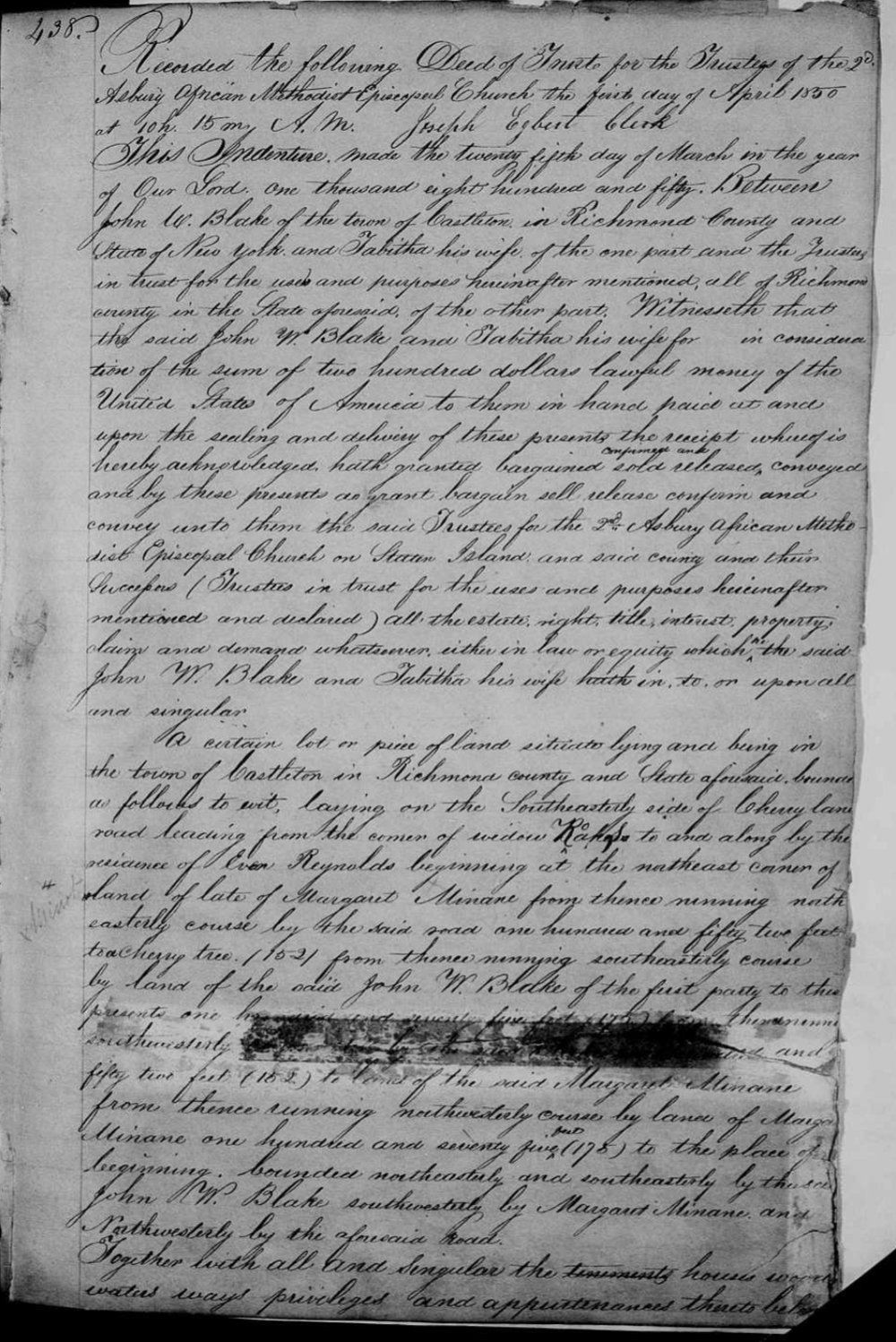
Because Staten Island has historically been the port of entry and exit to and from New York City – and consequently, the Northeast Corridor – it has been a central location for Black migrations along the East Coast. Given the borough’s novel geography and importance along the Underground Railroad, Paige knew her work would exhume a critical wealth of information.
“Black people are always everywhere,” she said. “ If Black people are excluded from somewhere, it’s because there’s some type of overt action that intentionally excludes them.”
The work of developing the Staten Island African American Heritage Tour is not only time consuming, but it can also be costly. Access to genealogical databases can approach a thousand dollars annually, and the app hosting platform also requires a fee. Thus far, a grant from Staten Island Arts, and user donations have funded this work.
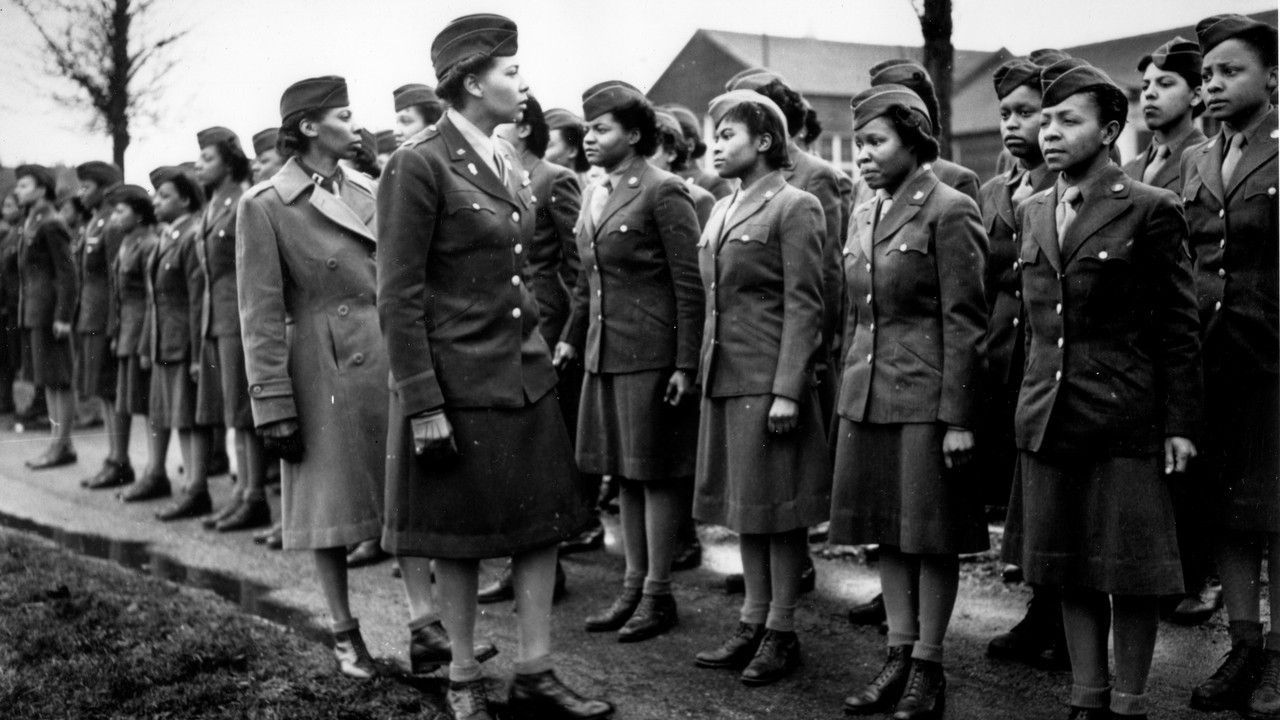
Even with a tangible product, testing for user-friendliness was an integral part of developing the Staten Island African American Heritage Tour. The primary testers for the app and website were students – mostly from I.S. 51 and Curtis High School. As with most smartphone applications, young people comprise most of the market so Paige knew “if students like it then you’re really in a good place.”
At Curtis in particular, student testers were brought into the app development process through Curtis’ Student Wellness Council. Earlier in the year, when Paige approached Youth Empowerment Coordinator and liaison to the Wellness Council, D’arcy Hearn, the Student Wellness Council was working to address two community issues: mental health access, and addressing racial discrimination.
Wellness Council Members and Curtis Seniors, Alexis Pumarejo and Bruna Velez, recognized that this new app could directly address issues of racial discrimination by providing accessible information on Black History. Working with Paige, they pitched technical recommendations for the app, like location alerts.
Initially, both students saw this as an opportunity to have their voices heard in the creation of a groundbreaking service for their communities. After working with Paige more regularly, both students recognized that their knowledge of local histories was growing. Pumarejo noted that talking to Paige “educated us so much on stuff that we do not learn in history class.”
“Many don't know [Staten Island] was actually one of the stops on the Underground Railroad,” Velez elaborated. “There's a lot of history here that’s been passed over, or people don't really talk about.”
In particular, Velez learned that Barrett Triangle, directly across from the Ferry Terminal, was once a market for enslaved Black people. Pumarejo learned that the area that now seats the Mariners Harbor branch of the NYPL was once a stop on the Underground Railroad. The way in which the Staten Island African American Heritage Tour provides so much information about one’s surroundings caused Pumarejo and Velez to consider it Black History’s version of the Citizen application. Whereas Citizen was developed to report real-time 911 alerts, the Staten Island African American Heritage Tour provides Black historical information in a similar way.
“You go into a certain area [and see] ‘oh this is happening’, [but now] you go into a certain area [and see] ‘oh this happened,’” Pumarejo explained. “I think that's very informative and is a positive thing.”
Both students believe that making history so accessible makes the app perfect for classroom integration. Pumarejo indicated that she thought this app could be used as homework that encourages students’ local exploration. Velez thought that the Staten Island African American Heritage Tour could actually alleviate teaching stressors from the COVID-19 pandemic.
“I think it's something we could definitely utilize in this climate of online learning,” she said. “It's a way for kids to be interactive and also be engaged and within their actual lesson.”
Paige may have worked with students as part of her test group, but they think the app will be popular across age groups. Pumarejo thought that because many adults use Citizen, they would find the Staten Island African American Heritage Tour similarly user-friendly. Additionally, both students have been encouraging their friends to download the app. Paige mentioned that her own outreach has largely been via social media posts, but that has actually led to a bit of a globalized user base so far. As of December 8 – five days after the website launched and three days before the mobile application went live – the app had over 200 distinct users as far as the United Kingdom and as close as Staten Island itself. With the mobile app now running, the number of users will grow at a much faster rate.
As users grow, Paige noted that so will the app’s information. She intends to update the application through at least next year with newly available information. Ideally, Staten Islanders will continue to be drawn to Staten Island African American Heritage Tour’s presentation of Black History as both ever-present and ever-evolving.
If you liked this piece and want to see more like it, please click here.


